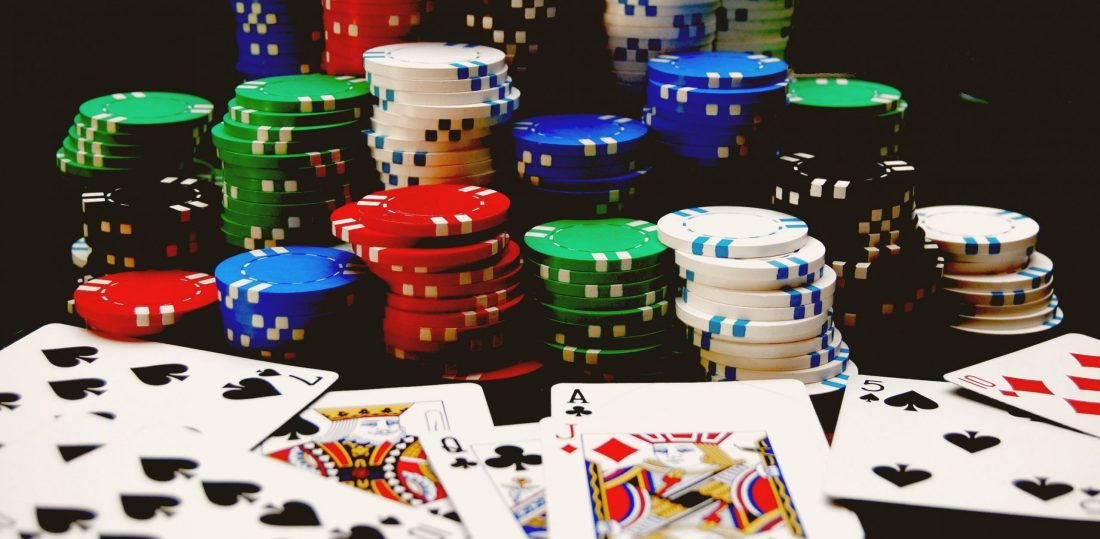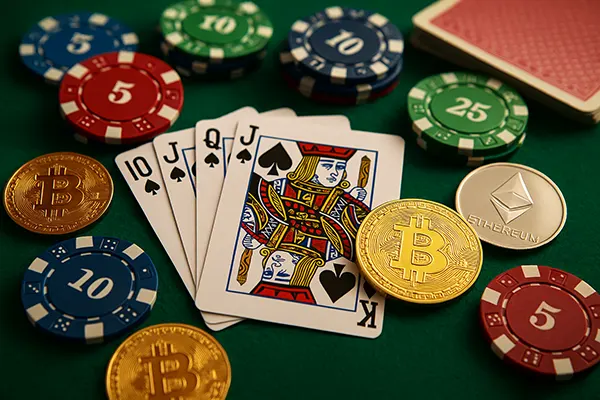How do you play sets and two pairs on 4-flush terns?

Boards with four cards of a single suit confuse many people. They can either help the game or ruin it completely. The outcome depends on the decision the player makes based on his analysis of the current situation. There are several working options for getting out of such a situation.
Bluff Strategy
Four-flush boards are capable of changing the course of the game. The point is that they significantly influence and can even change the strength of the hands of all ranges. The easiest and most straightforward are the hands to bluff on 4-flush boards. If the flushes are strong, you should bet. If they are in the middle or weak category, a cautious play, such as a check, can be made.
It should be clarified that bluffing on 4-flush boards has its own nuances. First, everyone at the table can be smart and intuitive. Making the most obvious moves isn’t always a good idea, although it can sometimes work. It is advisable to resort to bluffing when there are straight draws or overcards. But there are nuances here too.
The main problem occurs with betting. With these types of hands on 4-flush boards, one can barely “take out” the entire process if the opponent calls. His range is considerably limited and he will have to pull dead. It is recommended to check the bichaind draw hands. This preserves each opponent’s wide range and provides an opportunity to improve in order to make a winning hand on the river.
Since bluffing is a dumb decision with these odds, it can be used in other ways. This is how professional poker players bluff, essentially with air. The player may have bottom pairs as well as pocket trash. Equity is missing, and a call won’t improve the position. But you can force a large number of fouls from strongmen.

Betting with Sets
Getting to the river, there’s another important point to keep in mind when strategizing on 4-flush boards. So every player should bet with sets and two pairs. This is not a good option, or rather a counter-intuitive one. Countless professional poker players use such a technique.
Nevertheless, when a bet is made in such a scenario, it comes out that the player is betting on a well-played hand, but at the same time, he is bluffing as well. The explanation is simple. Betting on well-played hand implies that sometimes opponents will “Call” a hand which is not flush. So they may only have two pairs at all.
Sets act as a kind of half-bluff on 4-flush boards. They can’t guarantee a clear win, but they do keep some chances of winning. Such a combination can allow a player to get to the end, confuse opponents, and still pick up the winnings. But there is no 100 per cent guarantee.
Also, sets and two pairs win from denying equity. There are 9 river cards that can secure a 5-flush board. Then the player will have to deal to divide the pot with every hand of his opponent’s range. Therefore it makes sense to force the opponent to fold, even if he has the worst hand.



